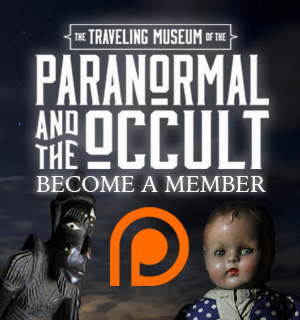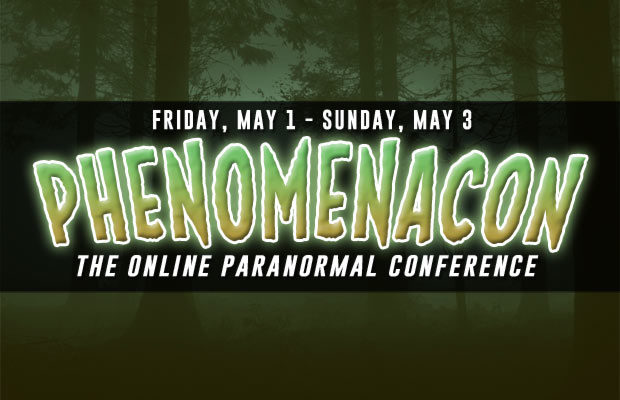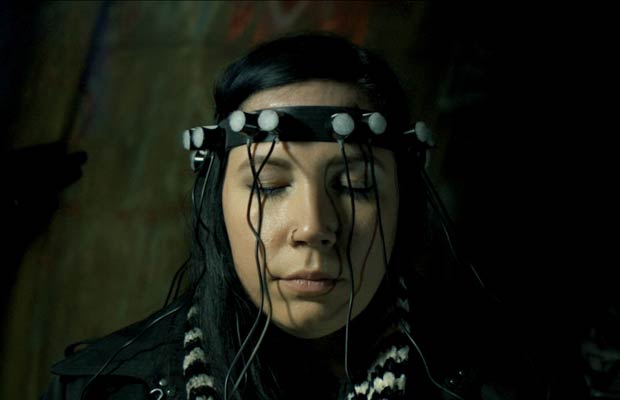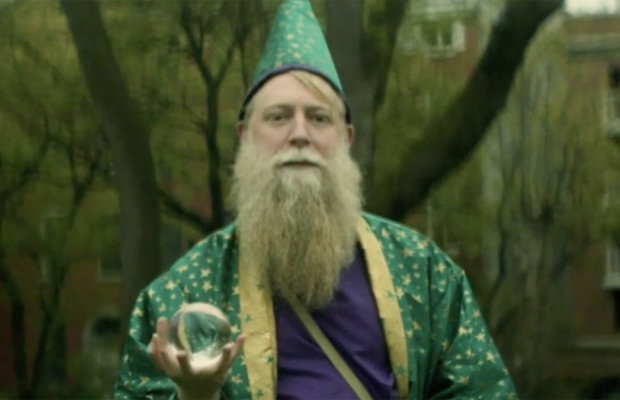Medical Machine Elves: Ayahuasca As Cancer Treatment
 Hallucinogens are fast becoming the new black.
Hallucinogens are fast becoming the new black.
Whether their resurgence is due to a spiritual malaise precipitated by a spiritually bankrupt society, or spiritually bankrupt people acting all ‘deep’ after smoking DMT, chomping mushrooms, or paying thousands of dollars for a South American getaway, remains to be determined.
Same goes for the latest findings from the Federal University of São Paulo claiming ayahuasca shows promise as a treatment for cancer. It’s an interesting theory, but it could be confusing for the mundanes.
Back in 2012, Johns Hopkins treated 150 subjects with psilocybin, finding 78% of the volunteers experienced a ‘spiritually significant’ event, demonstrating, in the words of Jerome Jaffe, “the Hopkins Psilocybin studies clearly demonstrate that this route to the mystical is not to be walked alone, but they have also demonstrated significant and lasting benefits.”1 Research didn’t stop there, Dr. Charles Grob at UCLA studied the effects of psilocybin on terminal cancer patients, finding the chemical positively affected their anxiety, ameliorating their depression, but without an effect upon the disease ravaging their bodies.2
ADVERTISEMENT
Drawing upon anecdotal evidence from nine cancer patients who consumed ayahuasca, a potent brew consisting of plants and leaves containing dimethyltryptamine mixed with Banisteriopsis caapi, exceeded the life expectancies from their physicians, or experienced remission.
One of the first accounts cited in Dr. Schenberg’s paper focuses on Dr. Donald Topping seeking a second opinion from Dr. Yagé3. Facing a diagnosis of liver cancer, with chances of survival stacked against him, 25-30% survival rate, Topping really had nothing to lose.
[D]uring the second trip I again felt the presence of the plant racing throughout my body, peeking and poking into every nook and cranny in search of something to work on, to straighten out, to put back in order, to polish. There was a definite presence, with similar shapes, colors and sounds. But, unlike the first time, there was no message that I could discern. The plant was just busy doing its work.
 After four sessions of the drug, his oncologist declared the proteins related to tumor growth in Don’s blood weren’t just normal, they were below normal. He lived 7 more years, passing away in 2003.
After four sessions of the drug, his oncologist declared the proteins related to tumor growth in Don’s blood weren’t just normal, they were below normal. He lived 7 more years, passing away in 2003.
Don’t get too excited and call your local shaman, gentle reader. Appreciate that Don became a vegetarian, engaged in regular exercise, along with enjoying regular rest after his diagnosis, possible factors in his remission from liver cancer. He also died of colon cancer.
Eduardo E. Schenberg’s research4 is still in its early stages but preclinical inquiry suggests there may be something promising with the drug. Prepare for trekonbabble!
DMT binds sigma-1 receptors with moderate affinity (KD = 14.75 µM, approximately half the affinity for 5-HT1A and 5-HT2A receptors) and, at high concentrations, is also capable of inhibiting voltage-gated sodium channels. Thus, DMT may exert two types of effects through sigma-1 receptors: at low concentrations, it regulates calcium flow from the ER to the mitochondria, whereas at higher concentrations, it exerts diverse effects at the plasma membrane region. The effect on calcium influx into the mitochondria may be extremely important for cancer treatment given that an energetic imbalance between excessive cytosolic aerobic glycolysis and reduced mitochondrial oxidative phosphorylation (the Warburg effect) was recently suggested as the seventh hallmark of cancer.43 This metabolic profile of cancer cells is accompanied by a hyperpolarization of the mitochondrial membrane potential that may be reduced by the calcium influx triggered by DMT binding to the sigma-1 receptor at the MAM. This effect may facilitate the electrochemical processes at the electron transport chain inside the mitochondria, thus increasing the production of reactive oxygen species (ROS) and leading these cells to apoptotic pathways. When high DMT concentrations induce sigma-1 receptor translocation to the plasma membrane, many cellular effects would occur due to the receptor’s interaction with different ion channels. At high concentrations of DMT, a calcium influx and mitochondrial membrane depolarization might be enough to also activate the permeability transition pore (PTP), inducing mitochondria swelling, rupture, and apoptosis.
tl;dr: Tests with living animals (in vivo), and with cells in test tubes (in vitro), suggest DMT may starve tumors of nutrients. Apoptosis is the process of programmed cell death, which doesn’t happen with cancer, so reminding cancer cells they’re supposed to die is a Good Thing ™.
Thanks to 50 years of well-meaning, but ultimately misguided prohibition, a resurgence in psychedelic research may be upon us.
And when it comes to people facing death, with nothing to lose and everything to gain, the answer is obvious.
So straightedges, skeptics, and stoners, where do you stand on investigating currently illegal drugs for therapeutic purposes? Tell us at Facebook, on Twitter, or in the comments below.
MORE GREAT STORIES FROM WEEK IN WEIRD:











You must be logged in to post a comment Login